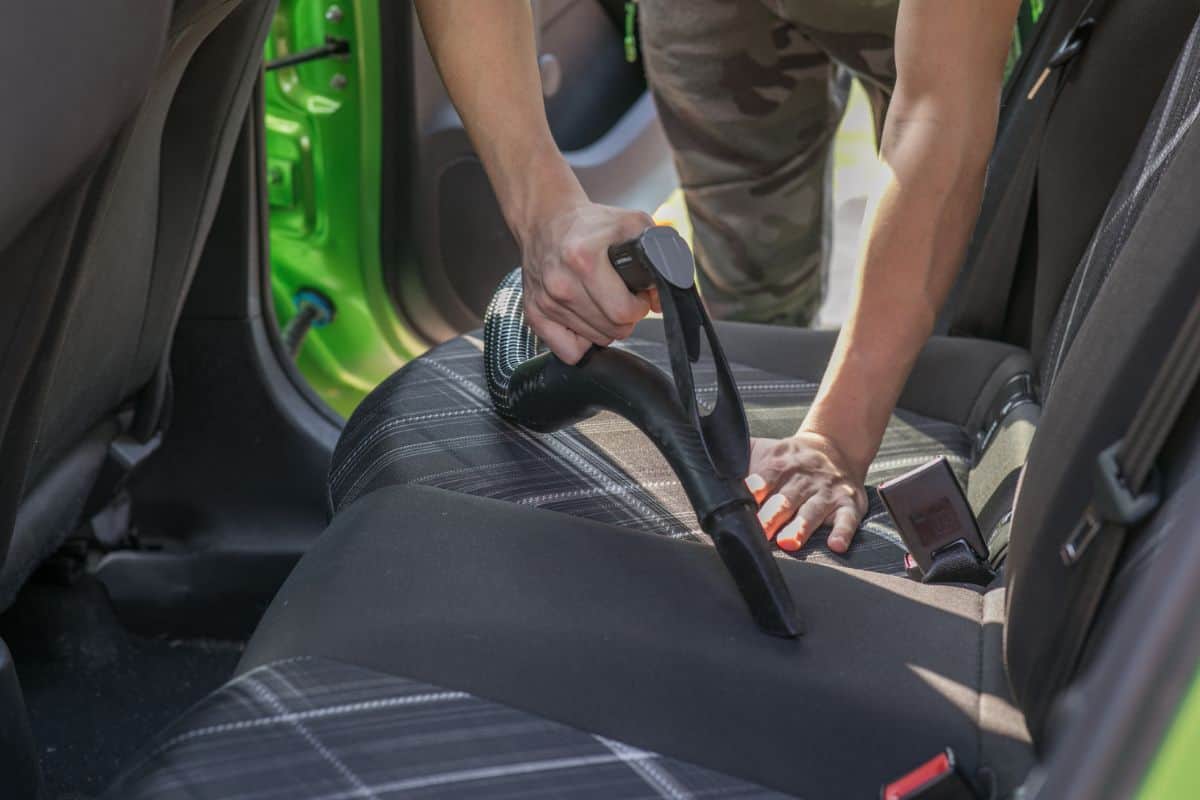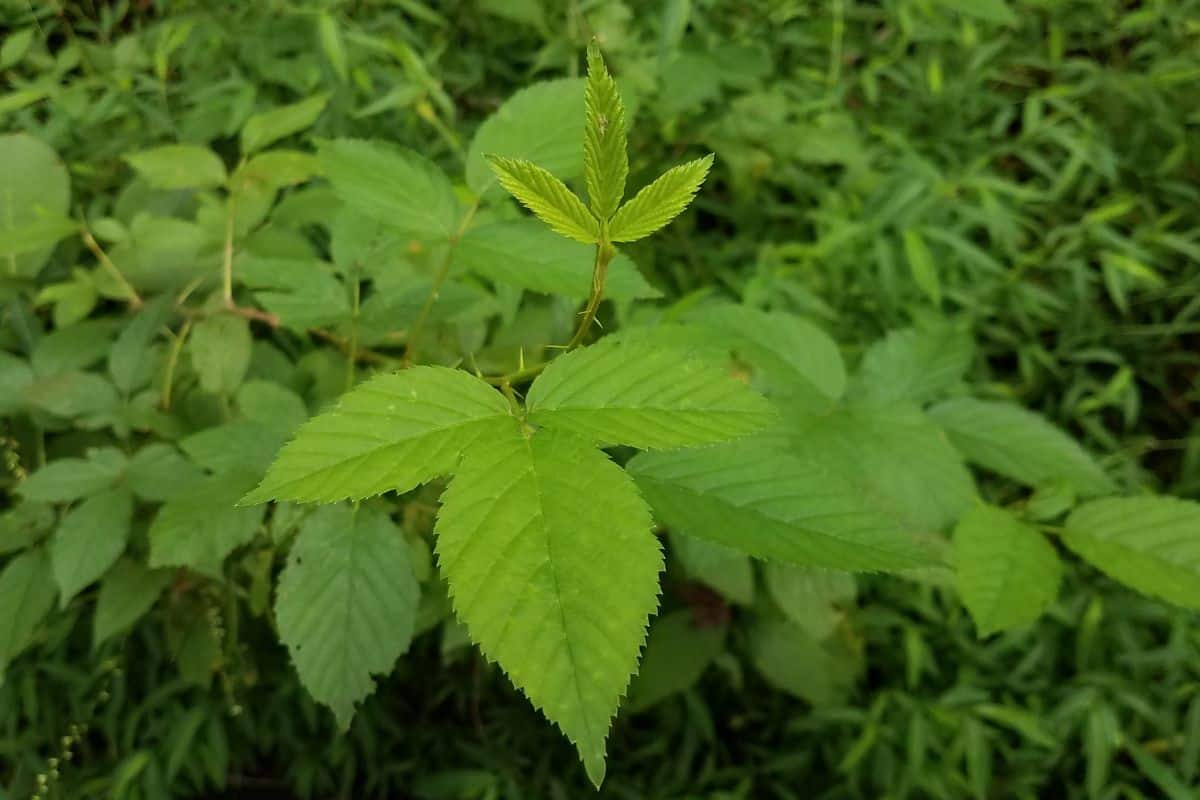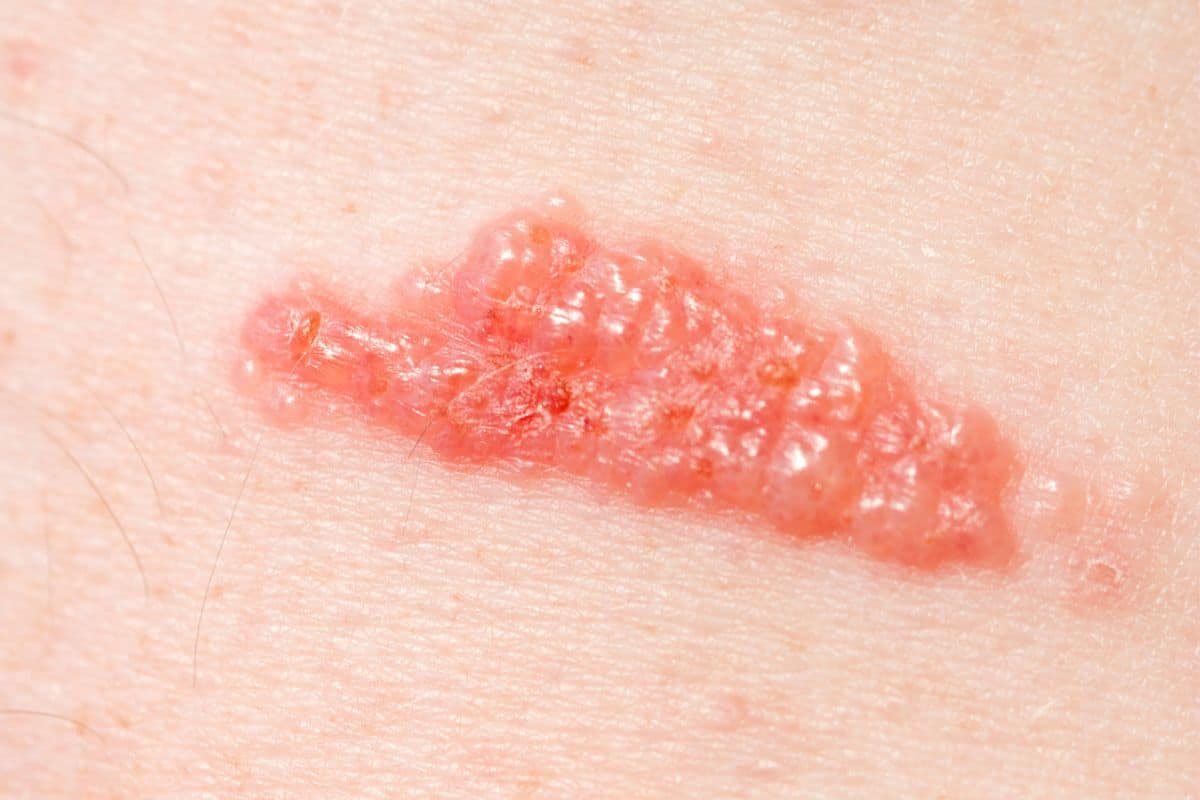If you've been exposed to poison ivy, you'll want to clean everything you've been in contact with to stop it from spreading, including your car seats. We have researched the best ways to clean up and stop the spread.
You can clean up poison ivy oil from car upholstery with a mild detergent and water. It's a good idea to wear disposable gloves while cleaning, to reduce the risk of dermatitis or spreading the oils.
If you have detachable, cloth seat covers, you can wash them in a laundry machine at a moderate temperature.
Poison ivy, if not removed or treated would result in severe allergic reactions. It is important that once you get contacted with it, you should immediately seek help or get off the contaminated areas. As you continue reading, we will dig into different ways how you can avoid poison ivy contamination.
![Clean textile car back seat isolated on white studio background.- How To Remove Poison Ivy From Car Seats [Inc. Cloth And Leather]](https://vehq.com/wp-content/uploads/2022/09/Clean-textile-car-back-seat-isolated-on-white-studio-background.-How-To-Remove-Poison-Ivy-From-Car-Seats-Inc.-Cloth-And-Leather.png)
Tips to Remove Poison Ivy from Your Car Seat
If you believe that your car’s interior has been contaminated with poison ivy, attend to it immediately. Cleaning is not difficult but you need to be cautious and patient to clean the surface.
Here are some easy steps to remove poison ivy inside your car.

1. Gather all the materials needed for cleaning and disinfecting beforehand
Prepare your materials before you get started. These include personal protection, especially gloves, as well as a mild detergent, warm water, and a scrubbing brush.
If you will be washing by hand and have a vacuum that can handle liquids, you will want to use it. It can suck up the water from cleaning so that it doesn't spread the oils further.
Check this fabric cleaner out on Amazon.
2. Observe safety precautions.
Poison ivy is a dangerous plant. Be careful if you get skin rashes after being exposed to its harmful oils. Wearing protective clothing and gloves will reduce the risk of exposure.
Consider these safety protocols.
- Keep away from areas where there is an increased risk for poison ivy.
- Wear jackets, pants, boots, or gloves to have less exposure to the plant.
- Once exposed, make sure to wash your hands with soap and water. Get the oils as quickly as possible to reduce them from being contacted with the skin.
- Wash and rinse tools and any other materials. If not, poison ivy oils will remain for too long.
- Do not burn the plant. Burning them will release the oil and will spread the rash to anyone through fire.
3. Remove the car seat cover if possible
If the covers are detachable and made of cloth, remove them and wash them in a washing machine.
When using a washer, do not set it to a high temperature. It should have sufficient time and temperature when inside the washing compartment.
Use a mild detergent, as harsh chemicals will break the fabric.
Start the washer and let it do the cleaning for you. Be mindful of the oil. Continue to wear gloves when removing wet seat covers from the washer.
4. Use the right method for the material
Car seats are usually made of either leather or cloth. Depending on the material, you will need to use different methods since leather should not be washed in a washing machine.
For leather, follow these steps:
- Wearing safety gear is important. Use protective eyeglasses and gloves. This will keep you away from contacting directly with poison ivy.
- Laundry detergent and water are used when cleaning leather car seats. Apply them to the entire cover to make sure that the oil will be removed.
- Use a soft bristle brush to clean the cover. Apply pressure when needed.
- Rinse the cover and let it dry. Do not put it directly in the sunlight as it may damage the leather seats.
To clean cloth seats that aren't removable, the process is the same, but you can also use a wet/dry vacuum to clean up excess liquid and you can let it dry in the sunlight.

5. Air-dry the cover
Don't use your laundry machine dryer or a blow dryer on the seat cover. You'll want to let it air dry.
As mentioned before, you'll want to dry leather out of sunlight to protect it. Cloth is more forgiving.
In either case, you'll want plenty of air circulation for the most effective drying. Hang removable covers somewhere with good ventilation or roll down the windows for non-removable covers.
How do you get contaminated with poison ivy?

Poison ivy is commonly known in most parts of the world as a toxic type of plant. It grows in a low leveled ground which resembles the shrub and weeds. It grows taller like vines, plants, and trees. Their leaves change in color in different seasons.
Poison ivy contains urushiol which most people are allergic to. The oil will stick to your skin once you have close contact with it.
Once you get contaminated with poison ivy, you may experience these three main symptoms: itching, rash, and blisters. These symptoms appear a few hours or several days after you are exposed to poison ivy plants.
You cannot get infected when you are in contact with a person who has a poison ivy rash. However, here are some situations in which you can get contaminated with it.

Clothes
Clothing fibers are channels to poison ivy oils. Before you treat your clothes, it is better to understand the impact of oil on the fabric. Poison ivy oil is difficult to remove and it needs warm water to do this. Be cautious with urushiol as it is contagious. Make sure to wear gloves as your protective gear to avoid contact.
Sports and recreational
Your sport and recreational equipment get can get contaminated with poison ivy which can get rash. This includes hiking, biking, golfing, and more.
Since it will take days for the rashes to appear, you may unknowingly get in contact with them through this paraphernalia and then come up with rashes. Same with people who have direct contact with clothes that has poison ivy oils.
Even if you wear your protective gear while repairing or gardening outdoors, urushiol can still spread on your tools. So, if you do not clean them properly, you can get rashes. The oils will last long when spread on your tools if you will not wash them with soap and water.
Pets
Poison ivy oil may stick to your pets’ fur. Be careful as the mode of contamination is the same as mentioned above.
Poison Ivy Contamination Home remedies
Many people are allergic to urushiol, the chemical in poison ivy oil. Some may experience severe reactions to this poisonous plant, especially rashes called dermatitis.
Contact dermatitis causes itchiness, and you will be tempted to scratch the skin. However, this habit won’t let your skin heal and can further spread the poison ivy oils.
If you suspect yourself to have been contaminated with poison ivy, immediately rinse it in running water with soap. You may use alcohol too.
You may also treat at home by following these steps:

- Use topical ointment such as hydrocortisone. This will relieve itchiness and will limit your scratching of the area.
- A soothing agent like calamine lotion promotes healing and drying off the rashes.
- For blisters, aluminum acetate and cold compress can be used.
- Soak yourself for at least 20 minutes using a bar of oatmeal soap.
- Seek medical help. If the allergic reaction won’t subside using any of the methods mentioned, call your health care provider. They will be advised you to take the necessary medication and medicine.
In Conclusion

Remember that anything poisonous results in severe allergic reactions, and sometimes will lead to shock if not prevented and treated immediately.
When you suspect your car seats are contaminated with poison ivy, put on your protective gear and clean the upholstery to stop the spread.
If you enjoyed reading this article, you may like these related posts:
How To Remove Body Odor From Leather Car Seats


